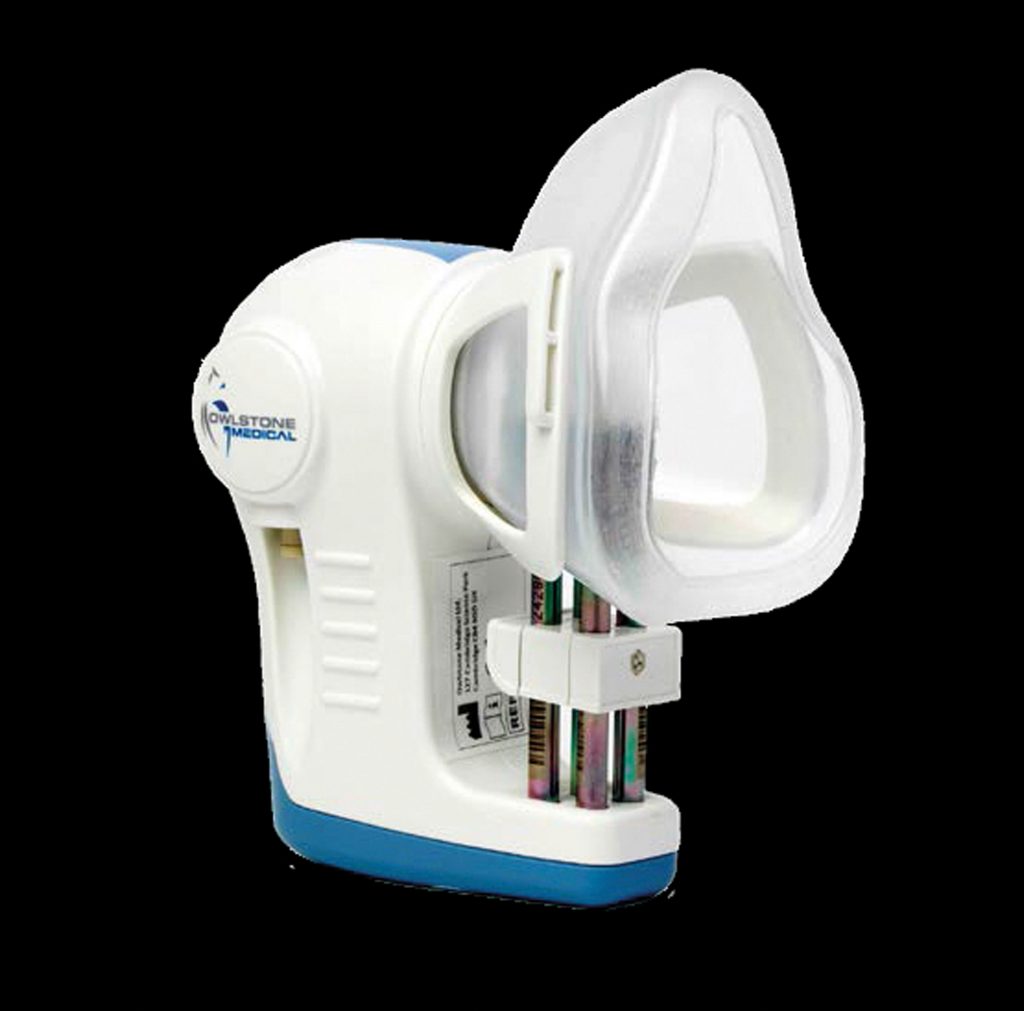Electronic sniffing in microgravity
The E-Nose project comprises two experiments being conducted in the Russian segment of the International Space Station (ISS), supported by the DLR Space Administration, with funds from the German Federal Ministry for Economic Affairs and Energy (BMWi).
In the frst experiment, microbiological contamination due to bacteria and fungi was detected qualitatively and quantitatively. The astronauts were required to use the E-Nose, a gas analysis device, to carry out measurements at various places in the ISS Service Module. Importantly, the newly developed gooseneck sampler probe allowed measurements to be taken even in hard-to access places, such as the racks. The adequate determination of the level of contamination in these spots was previously not possible. As part of the second experiment, the oxidative stress of the astronauts will be analysed before and after extravehicular activity using breath gas analysis. This involves the observation of specifc markers in respiratory gas that are indicative of oxidative stress.
The measuring system is known as an electronic nose (E-Nose), as it uses 10 different semiconducting sensors to acquire a specifc picture of the smell. This makes use of the reducing or oxidising properties of the gas molecules emitted by the biological cultures (microbial volatile organic compounds, or MVOCs). These MVOCs are formed by the metabolic process of the biological cultures and are species-specifc. By examining the different levels of stimulus and types of sensors triggered among the array of sensors, it is possible to generate an olfactory fingerprint via ‘smell training’.
Unlike the classic method of sampling (swab tests) followed by incubation, which can only be performed by experts and is particularly time-consuming while in orbit, the method presented here allows prompt analysis of the situation thanks to the data link.
German Aerospace Center (DLR)
Joachim Lenic · E-Mail. joachim.lenic@dlr.de · DLR.de/en
